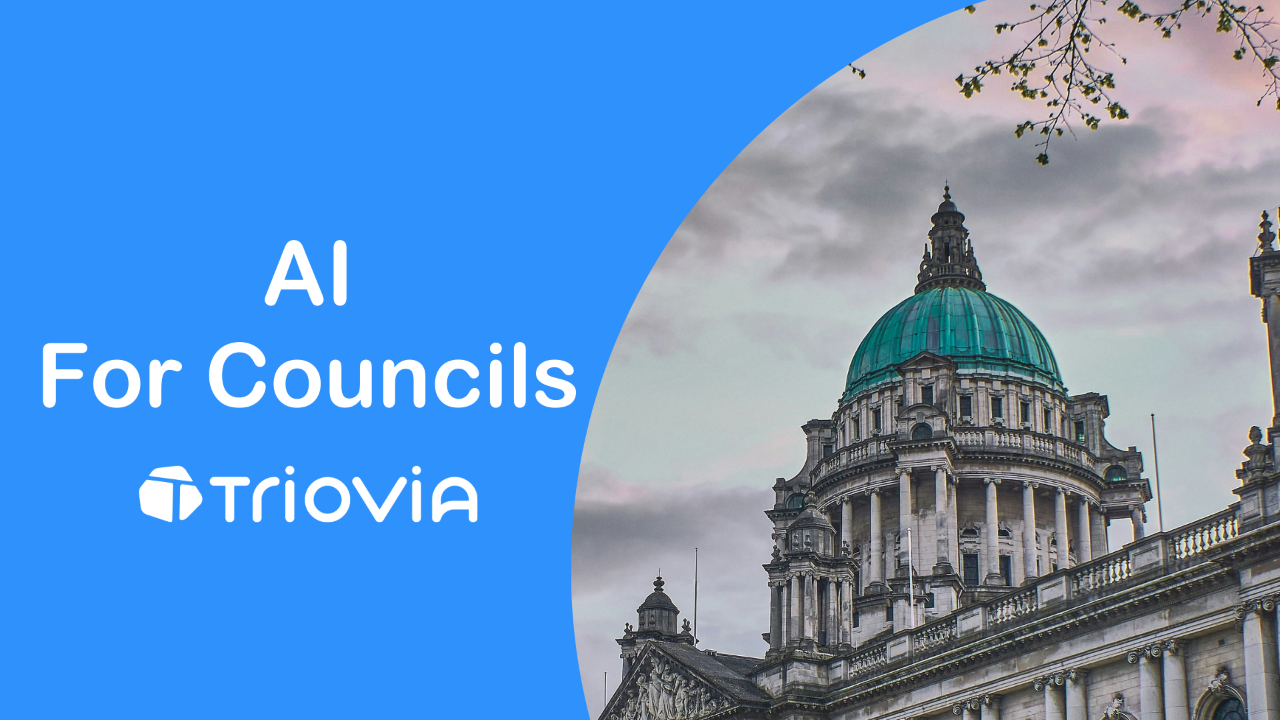What is a Large Language Model? A Council Officer's Guide
Mar 19, 2025
In council offices across the UK, we've noticed that terms like "ChatGPT" and "large language model" are increasingly part of conversations about digital innovation. But what exactly is a large language model, and how might it be relevant to your council's work?
The Basics of Large Language Models
A large language model (LLM) is a specific type of generative AI system designed to understand and produce human language. Think of it as an extremely sophisticated text prediction tool—but one that can generate entire paragraphs, reports, or conversations rather than just suggesting your next word.
Popular examples you might have heard of include OpenAI's ChatGPT, Microsoft's Co-Pilot, and Google's Gemini. These systems are becoming increasingly common in workplace settings, including local government.
How Do LLMs Work?
These models are trained on vast datasets of text from sources including books, websites, articles, and online discussions. Through this training, they learn patterns in language—how sentences are structured, how ideas connect, and how different contexts affect meaning.
When you provide a prompt or question, the LLM doesn't search for an answer like Google would. Instead, it generates a response based on patterns it learned during training. It's essentially predicting what text should follow your prompt.
Potential Applications for Councils
For resource-stretched local authorities, LLMs offer several practical applications:
- Document drafting: Generating first drafts of standard letters, reports, or briefing notes
- Summarisation: Condensing lengthy meeting minutes or consultation responses
- Content creation: Helping create website content or informational materials
- Research assistance: Gathering initial information on policy topics
- Translation support: Helping with multi-language communications
Considerations for Council Use
While LLMs offer exciting possibilities, they come with important considerations:
Quality control: LLMs can sometimes produce inaccurate information or "hallucinations" (made-up facts that sound plausible). All outputs should be reviewed by knowledgeable staff before use.
Data security: Be mindful that information input into commercial LLMs may be stored and used for future training. Avoid entering sensitive personal data unless using a secure, council-approved system.
Bias awareness: LLMs can reflect biases present in their training data. Outputs should be checked for potentially discriminatory language or assumptions.
Accessibility: Consider whether LLM-generated content meets accessibility requirements for all residents.
Getting Started Responsibly
If your council is exploring LLM use, consider starting with low-risk applications like drafting internal documents or summarising non-sensitive materials. This allows teams to develop experience with the technology before applying it to more complex scenarios.
Having clear guidelines about appropriate use cases and review processes will help ensure these powerful tools enhance rather than complicate council operations.
The Insider
We hate SPAM. We will never sell your information, for any reason.


